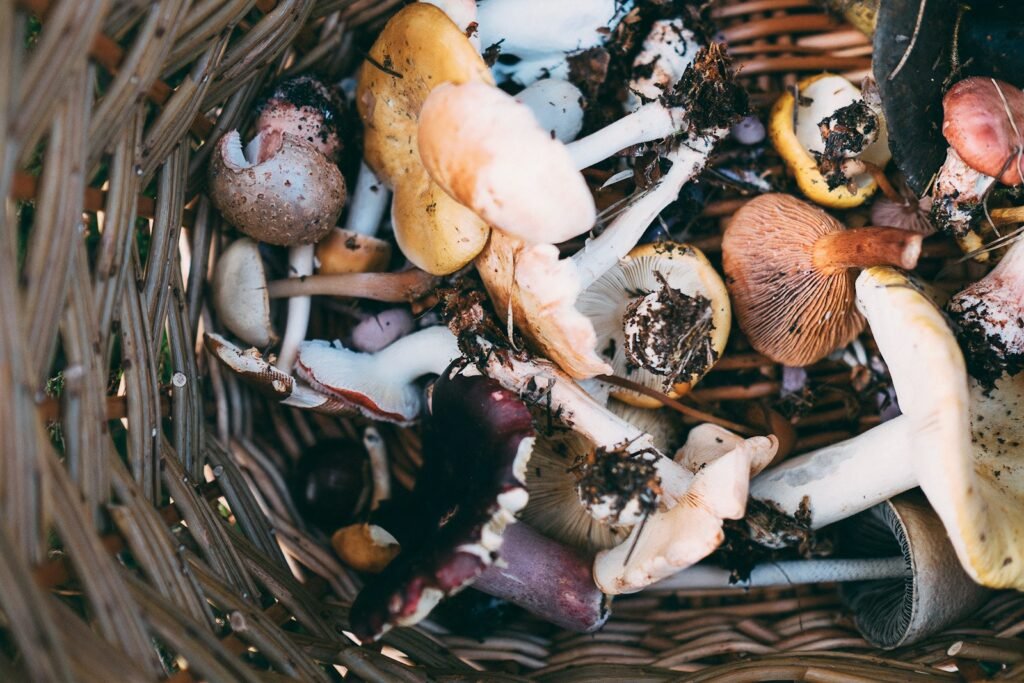What if the secret to the most unforgettable Mother’s Day meal was not hidden in a gourmet cookbook, but waiting to be discovered right outside your door? Imagine the sense of wonder in transforming humble wild ingredients—once gathered by our ancestors—into exquisite dishes that celebrate both nature and the mothers who nourish us. Today, foraging is making a bold comeback, sparking a culinary revolution that brings the wild into our kitchens and onto our festive tables. Let’s embark on a flavorful journey through forests, meadows, and riverbanks to uncover wild foods that could elevate your Mother’s Day celebration from ordinary to extraordinary.
The Magic of Foraging: Rediscovering Nature’s Bounty
Foraging is more than just a trendy pastime—it’s a return to our roots and a celebration of seasonal abundance. When we step into the woods or wander through open fields, we tap into a centuries-old tradition of gathering edible plants and fungi. Each wild find offers a unique burst of flavor and nutrition that supermarket produce simply can’t match. There’s an emotional thrill in recognizing a wild green or berry, knowing it’s safe to eat, and imagining the generations who once relied on these same foods. Foraging fosters a deep connection to the land and can infuse any meal with a sense of adventure and gratitude. This ancient practice is now inspiring modern chefs and home cooks alike, eager to rediscover ingredients that bring both novelty and nostalgia to the table.
Wild Garlic: Aromatic Elegance for the Senses
Wild garlic, also known as ramps or ramsons, emerges in early spring with a scent that promises the return of sunshine and warmth. Its glossy green leaves and delicate white flowers are easily recognizable along shaded woodland paths. Wild garlic’s flavor is softer than its cultivated cousin, blending gentle onion and garlic notes that can transform soups, pestos, and salads. Scientific research highlights its potential health benefits, from boosting immunity to supporting cardiovascular health. For a Mother’s Day brunch, imagine a wild garlic and goat cheese tart served with a crisp salad, offering a taste of the wild wrapped in elegance. The excitement of gathering these fragrant leaves transforms meal preparation into a fragrant, memory-making event.
Wood Sorrel: A Tangy Twist on Tradition
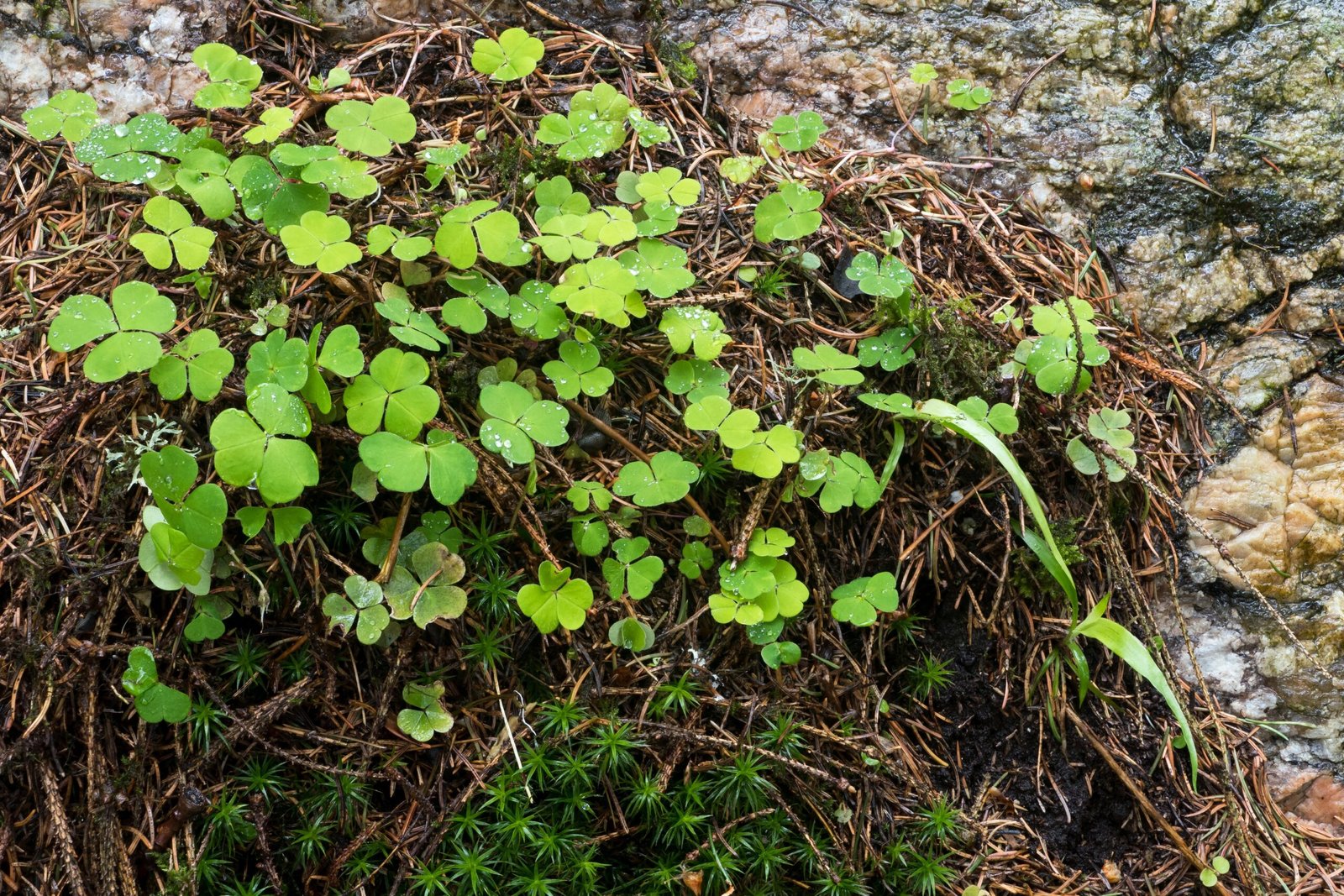
Wood sorrel is a tiny wonder often mistaken for clover, but its heart-shaped leaves deliver a bright, lemony flavor that awakens the palate. Found at the base of trees and in moist, shady spots, wood sorrel adds a refreshing tang to salads, sauces, or even desserts. Its high vitamin C content and antioxidant properties make it a nutritional powerhouse as well. Picture a simple spring salad garnished with wood sorrel, its citrus notes dancing alongside tender greens and edible flowers. Incorporating such vibrant wild greens can turn a familiar dish into an unexpected delight, delighting both the taste buds and the spirit.
Stinging Nettle: From Prickly Weed to Gourmet Green
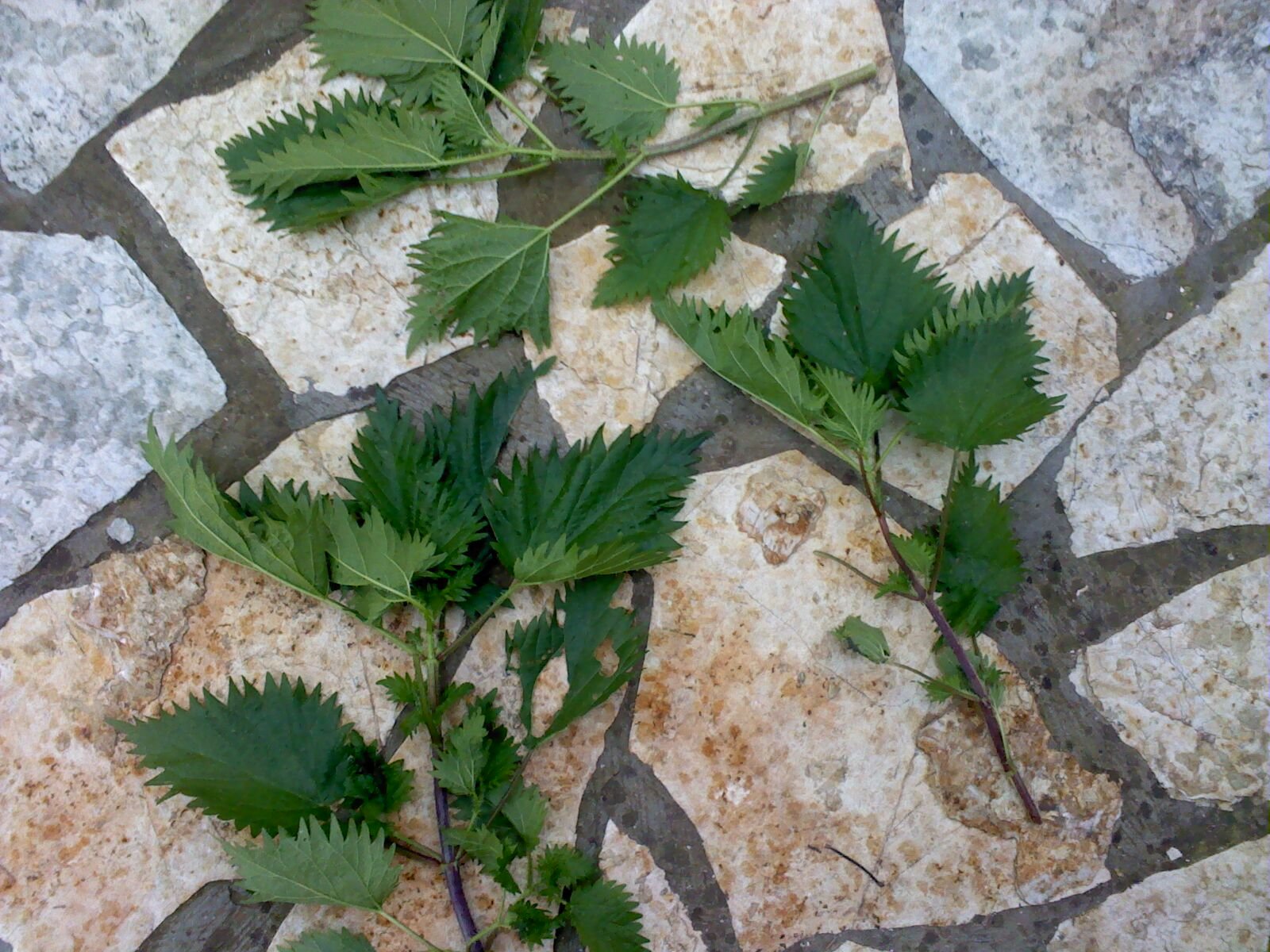
At first glance, stinging nettles might seem like a forager’s nightmare—touch their leaves and you’ll feel a sharp sting. Yet, once cooked, their bite disappears, revealing a rich, earthy flavor that’s prized in both rustic and refined cuisine. Nettles are packed with minerals, vitamins, and plant protein, making them a superfood in disguise. A classic nettle soup or a creamy nettle risotto could become the heart of your Mother’s Day menu, offering comfort and nutrition in every spoonful. The transformation from irritant to ingredient is a powerful reminder that beauty often hides in unexpected places.
Wild Asparagus: Nature’s Early Spring Gift
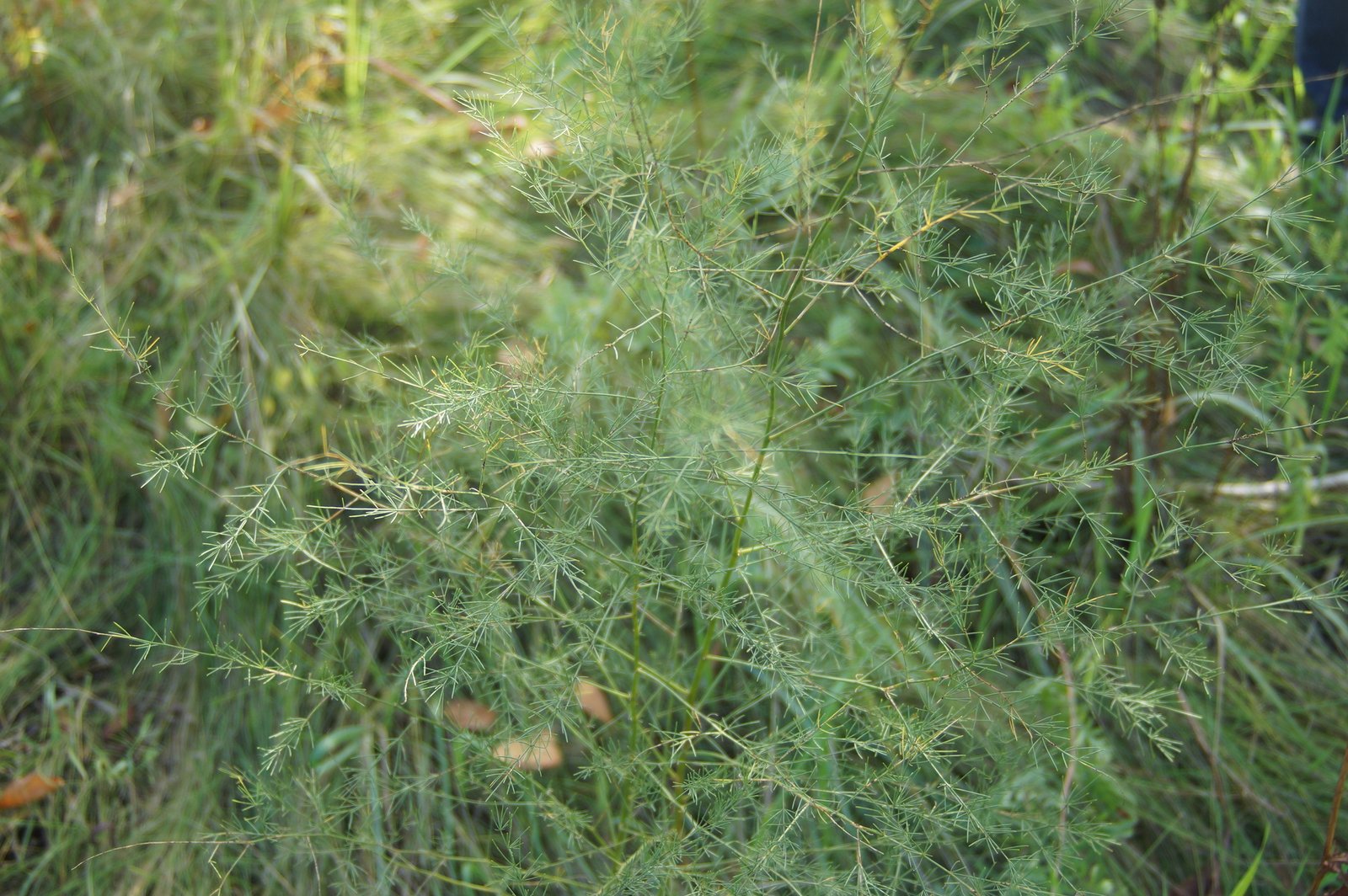
Wild asparagus, with its slender, grass-like stalks, is a true seasonal delicacy. Unlike cultivated varieties, wild asparagus is thinner, more intensely flavored, and often found in sun-drenched meadows or along old hedgerows. Foragers cherish the thrill of spotting these green spears poking through the earth after a long winter. Wild asparagus can be quickly blanched and tossed with lemon and olive oil, or folded into an omelet for a sophisticated Mother’s Day breakfast. Its fleeting seasonality makes every bite feel precious—a fleeting taste of spring’s promise.
Fiddlehead Ferns: A Curled Culinary Treasure
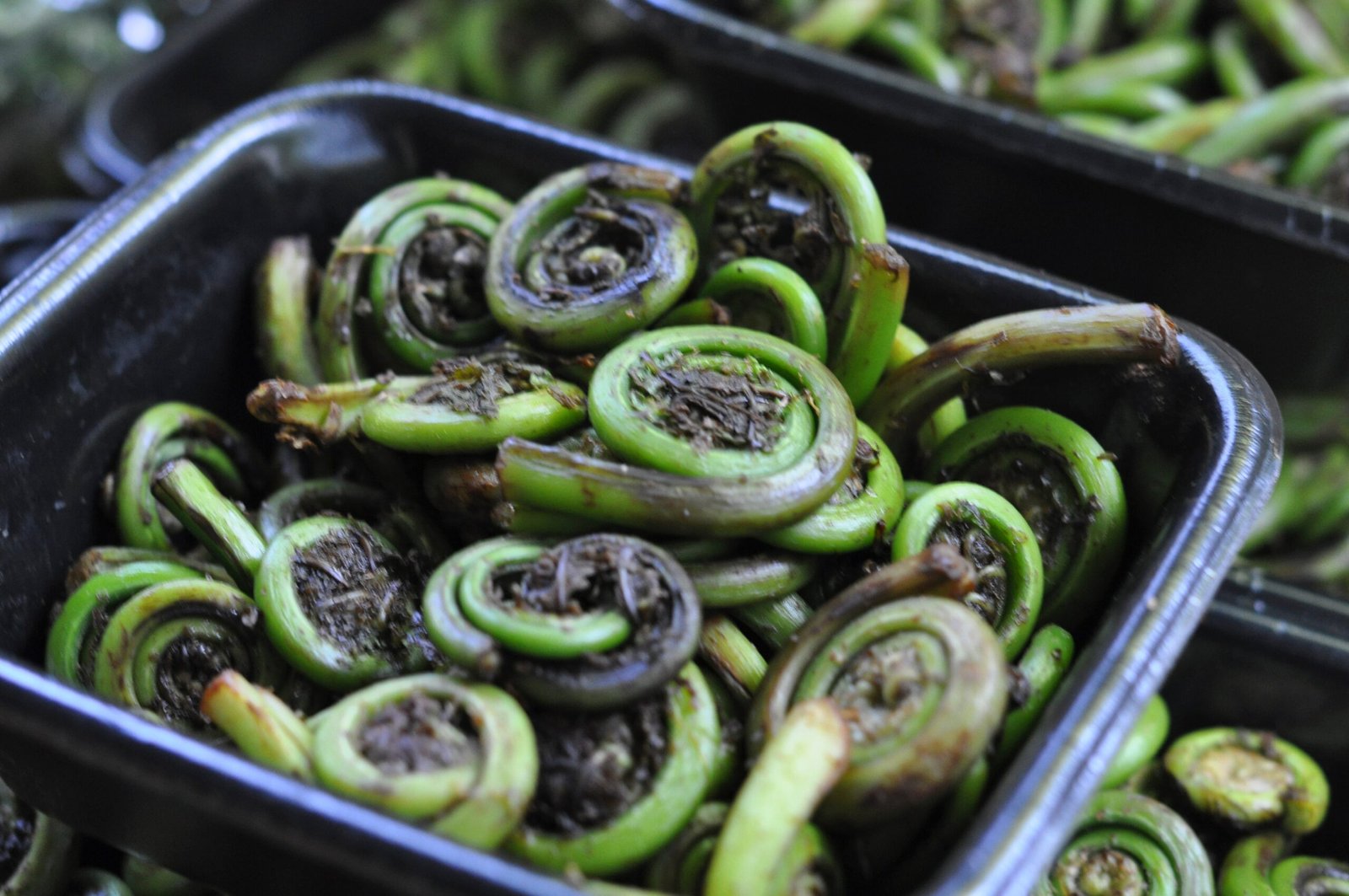
Fiddlehead ferns are one of nature’s most whimsical offerings, their tightly coiled shoots resembling the scroll of a violin. Harvested in early spring, fiddleheads have a crunchy texture and a flavor reminiscent of asparagus or green beans, with a subtle nuttiness. They must be cooked before eating to remove natural toxins, but a quick sauté with butter and garlic brings out their best qualities. Scientific studies note fiddleheads’ high antioxidant levels, making them both delicious and healthful. Adding fiddleheads to a quiche or serving them as a side dish is sure to spark curiosity and conversation at any celebratory meal.
Morel Mushrooms: Earthy Luxury from the Forest Floor
Few wild foods carry the mystique of morel mushrooms. Their honeycomb caps and earthy aroma make them highly sought after by chefs and foragers alike. Morels thrive in recently burned forests and moist woodland areas, often appearing for just a few weeks each spring. Their meaty texture and umami richness pair beautifully with cream, butter, and fresh herbs. Even a simple dish—like sautéed morels over toast—feels like a luxurious treat. Sharing a plate of these elusive mushrooms is a true celebration of nature’s surprises, and a heartfelt way to honor someone special.
Wild Berries: Sweet Surprises for Every Course
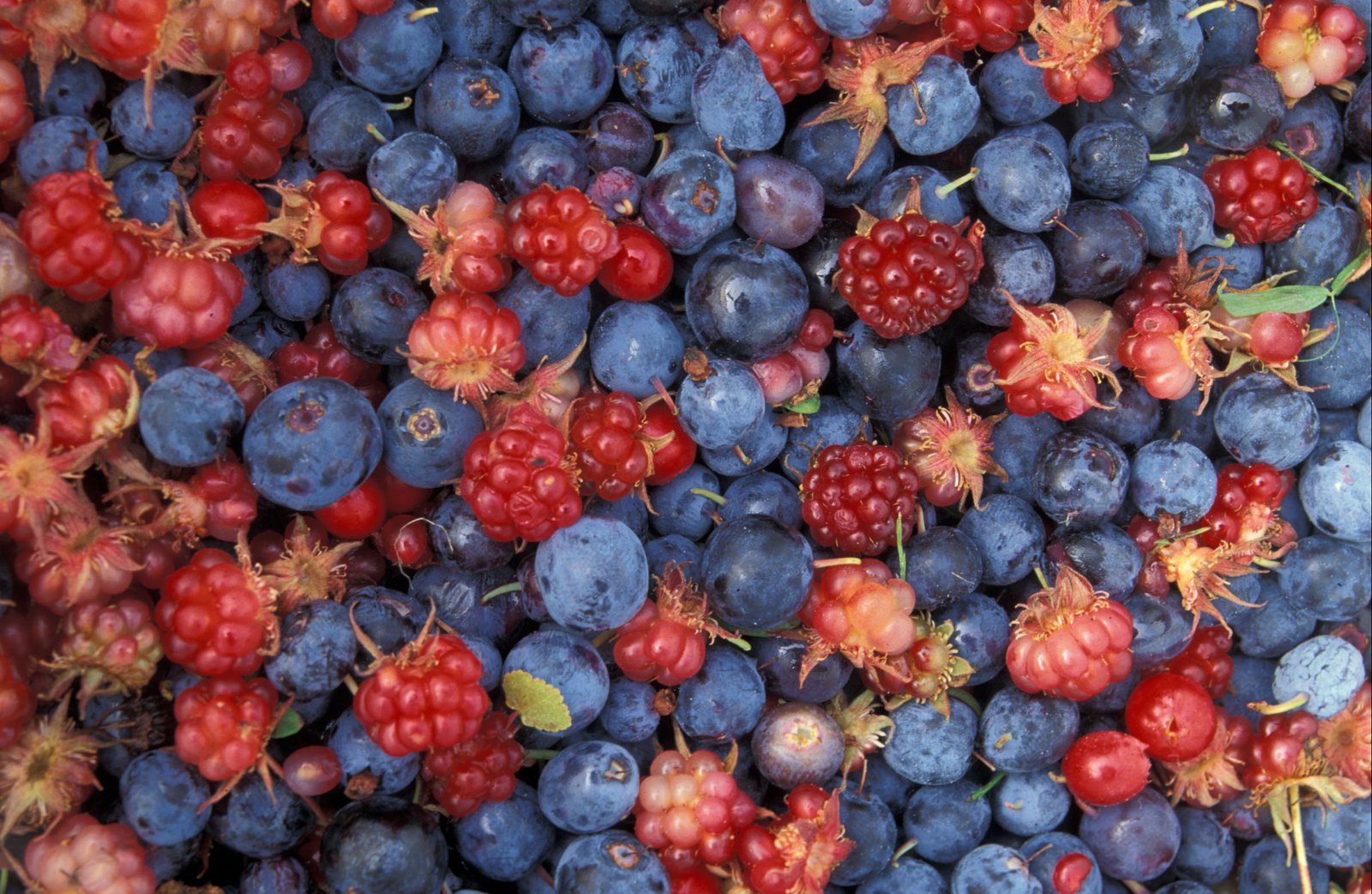
Imagine the joy of picking wild strawberries, raspberries, or blueberries on a bright morning—each berry a burst of sunshine and sweetness. Wild berries are smaller and more intensely flavored than their cultivated cousins, often with nuanced notes of tartness or floral sweetness. Rich in vitamins, antioxidants, and fiber, they can be used in countless ways: sprinkled over yogurt, baked in rustic tarts, or simmered into bright sauces. A wild berry compote drizzled over pancakes or ice cream could be a showstopping finish to your Mother’s Day feast, blending nostalgia with innovation.
Dandelion Greens: Bittersweet Beauty on the Plate
Dandelions, often dismissed as pesky weeds, are actually nutritional powerhouses. Their young, tender leaves have a pleasantly bitter edge that brightens spring salads and sautés. Dandelion greens are loaded with vitamins A, C, and K, as well as minerals like calcium and iron. When wilted with garlic or tossed with citrus vinaigrette, they add complexity and depth to any dish. Using dandelion greens in your Mother’s Day recipes is a poetic nod to resilience and renewal—qualities worth celebrating.
Wild Mint: Freshness with a Wild Side
Wild mint grows abundantly along streams and in damp meadows, its scent instantly recognizable and invigorating. More aromatic and complex than cultivated varieties, wild mint can enliven both sweet and savory dishes. Steep a handful in tea, muddle it into cocktails, or chop it into salads for a burst of plant-powered freshness. Wild mint’s essential oils have been studied for their digestive and calming properties, bringing both flavor and wellness to your meal. Using wild mint in a homemade sorbet or as a garnish for fruit salad is a simple way to infuse your celebration with a breath of spring.
Wild Rose Petals: Floral Elegance in Every Bite
Wild rose petals are the epitome of edible romance, their soft, fragrant blossoms transforming ordinary desserts into works of art. Carefully harvested from unsprayed bushes, rose petals can be candied, steeped in syrups, or layered into cakes and pastries. Their subtle, floral flavor is both soothing and uplifting, evoking memories of gardens in bloom. Scientific studies suggest rose petals may even have mood-boosting effects, making them a fitting tribute on a day dedicated to love and gratitude. Imagine a homemade rose petal jam spread on warm scones—a gesture as beautiful as it is delicious.
Chickweed: A Tender Green for Creative Cooks

Chickweed is a low-growing, delicate green found in gardens and meadows, often overlooked in favor of flashier wild foods. Yet its mild, slightly sweet flavor and crisp texture make it a versatile addition to salads, sandwiches, or even green smoothies. Chickweed is high in vitamins and minerals, and herbalists have long valued it for its soothing properties. Incorporating chickweed into a Mother’s Day menu is a clever way to celebrate both the ordinary and the extraordinary—reminding us that sometimes the best gifts are those hiding in plain sight.
Reflections on Bringing Wild Foods to the Mother’s Day Table
Inviting wild foods into your Mother’s Day recipes is a tribute to the beauty and abundance of the natural world. Foraging encourages us to slow down, notice the small wonders around us, and savor flavors that are fleeting, complex, and deeply connected to the seasons. Each wild ingredient, from nettles to morels, tells a story of resilience, adaptation, and discovery. By sharing these gifts at a celebratory meal, we create not just nourishment, but memories—reminders of the enduring bonds between people, place, and the food we share.

